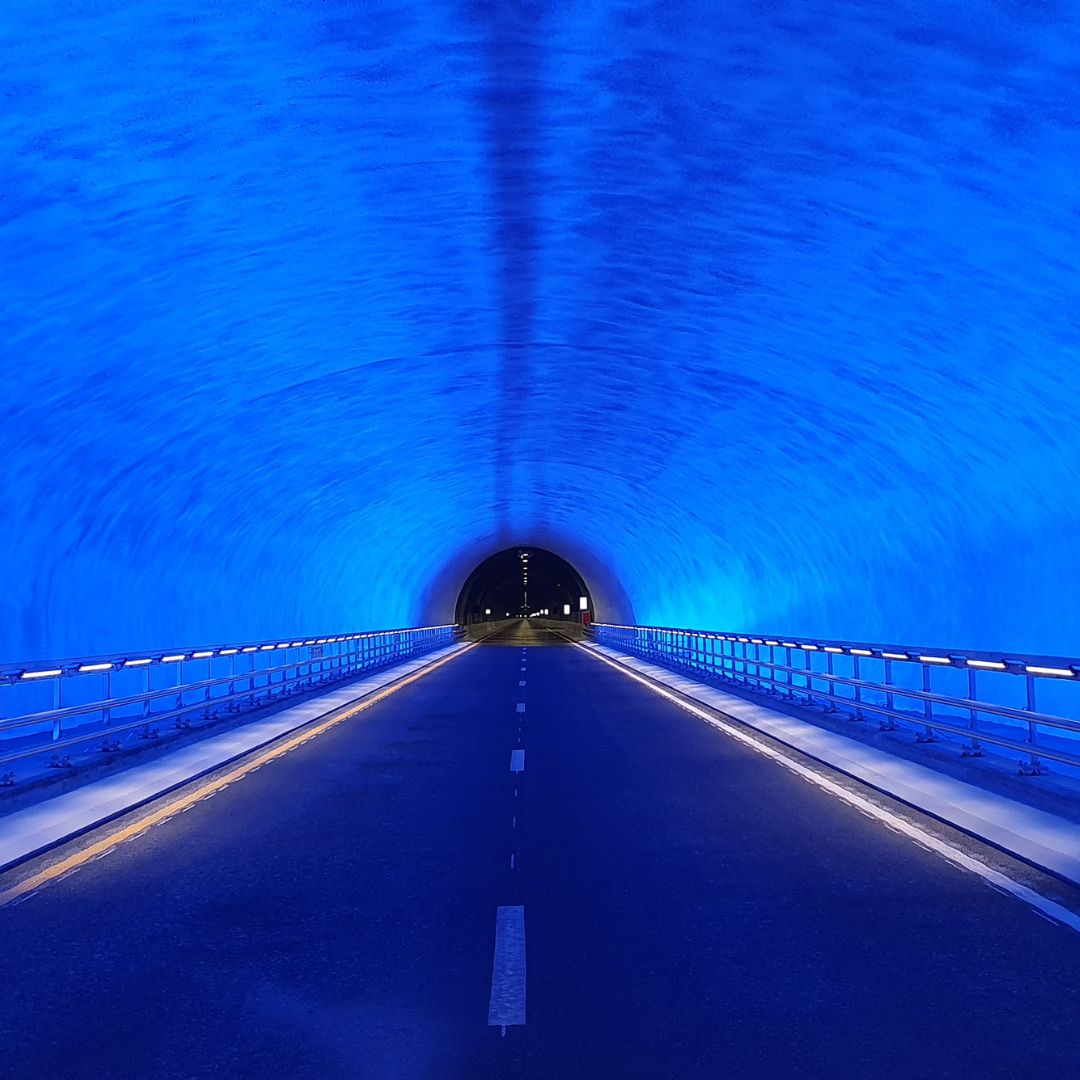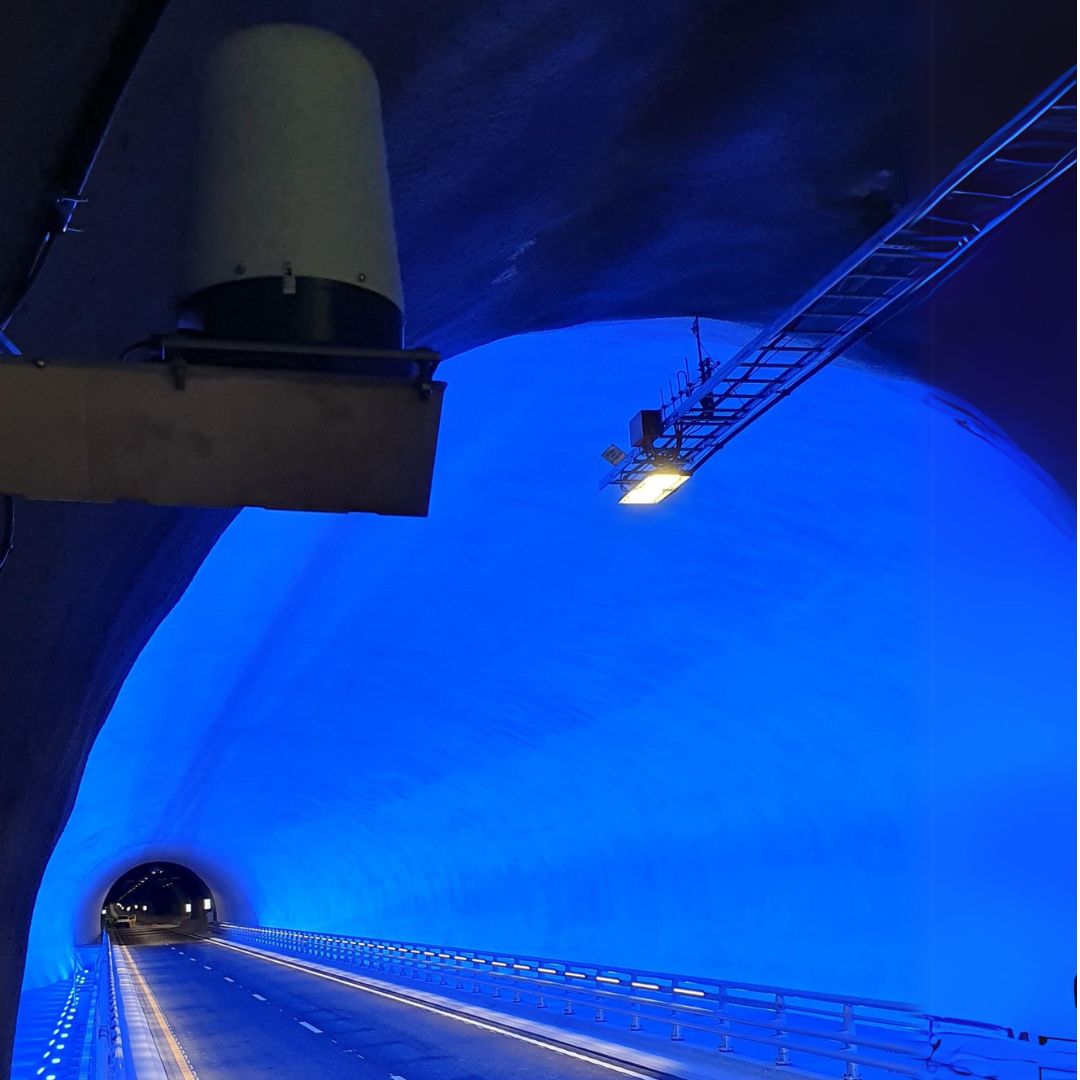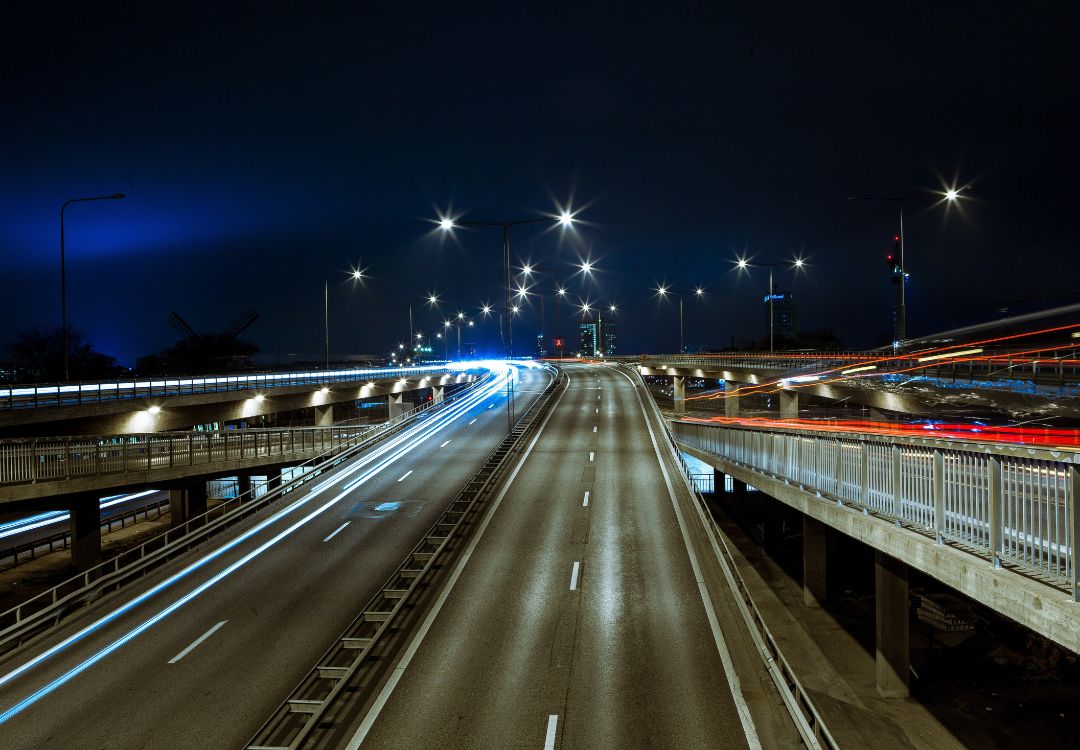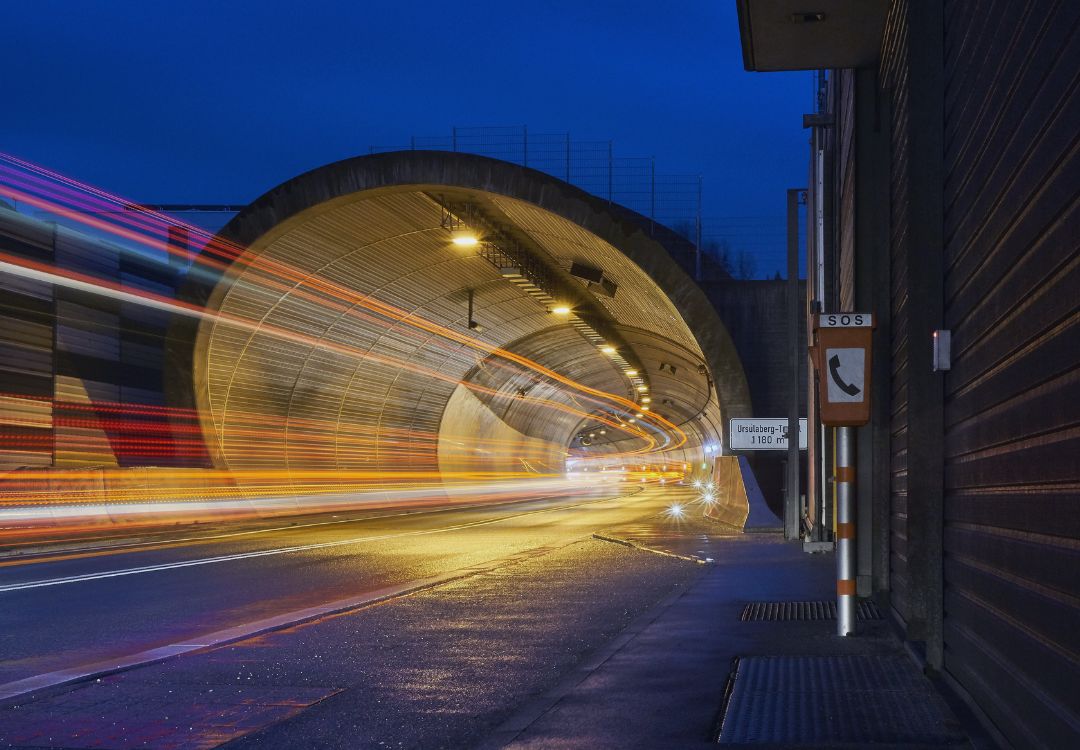Stavanger, Norway
Statens vegvesen's innovative Ryfast tunnel project is benefitting the people of Stavanger in Norway every day, replacing a 45-minute ferry crossing. When the tunnel opened on 30th December 2019, it was one of eleven that Navtech Radar had successfully commissioned to increase safety in Norwegian tunnels. Since the Ryfast opening, a further seven tunnel schemes have been delivered by Navtech in the region.

Safe and reliable journeys for people of Stavanger.
The tunnel, known locally as the Ryfylketunnelen, was designed for 10,000 vehicles per day and with twin bores: one for each direction, and with two lanes of traffic in each. It forms part of the Norwegian National Road 13 that runs between the Stavanger and Ryfykle districts, and under the waters of the Horgefjord. The Ryfast tunnel entrance and exits are located around 1km north of Solbakk, and on the Hundvag island, which is located in the Stavanger district.
The challenge was to join up these two locations with a subsea tunnel, providing safe, reliable journey to the people of Stavanger region; removing the need to take a 45-minute ferry. The project required the construction of the longest and deepest subsea road tunnel in the world, in which Statens vegvesen, the Norwegian Road Authority, wanted to ensure the highest safety standards.
The ClearWay ITS safety system was selected to provide multiple automatic incident detection (AID) capabilities in the tunnel, including stopped vehicle, slow vehicle, pedestrian, and wrong-way driver detection. In total, 102 radars were deployed, covering a total of 28.8km of roadway.
The radar-based system was set up to send an alert to the control room and automatically direct cameras to record the radar-detected incident for 30 seconds. It means, with no intervention, the operators in the control room can instantly see what’s happening when there is an alert.
The ClearWay deployment in the Ryfast tunnel was also designed with full redundancy. This was achieved by spacing radar at 280m intervals on average. With this level of coverage, if a radar or server fails — for whatever reason — another radar or server can immediately take its place. Each radar can cover a 500m radius with line of sight (1000m in total area coverage). It is one of the ways we can ensure the reliability required by safety critical systems.
The Navtech team worked in close collaboration with the many stakeholders involved in the construction of the tunnel to fit in with the overall programme schedule. Our in-house project delivery team worked with Roxel, a leading systems integrator in the region, to deliver the installation and on-site commissioning for this significant project, with Navtech engineers carrying out the final system optimisation remotely.
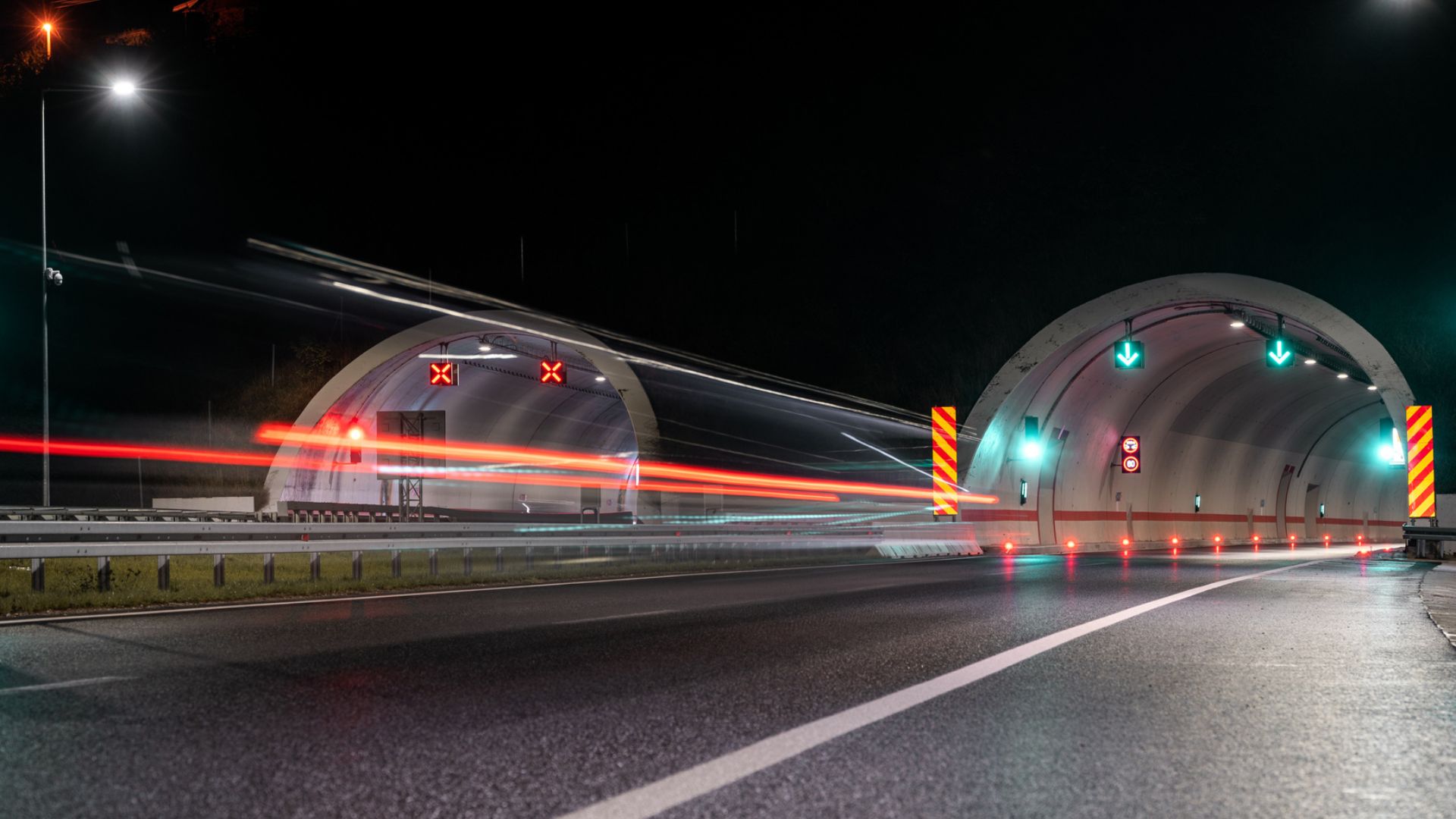
In the Ryfast tunnel, Navtech’s ClearWay system is providing comprehensive AID, including wrong-way driver detection. The information from Navtech’s wrong-way driver detection is trusted to trigger the automatic closure of the Ryfast tunnel when it alerts – with no operator interaction.
As well as detecting incidents, the same ClearWay system is providing emergency teams with vital information when responding to an event in the tunnel, such as a fire. In the Ryfast tunnel, this information is made available to emergency services, on a user-friendly interface at the entrance of both ends of the tunnel, via the ClearWay situational awareness module.
The tunnel can take 20 minutes to drive through and reaches a maximum depth of 292m, making any tunnel fire a serious event. Radar can see through smoke, fire, hot gases and complete darkness, when other technologies fail. This means in the event of a fire it can continue to provide vital information – such as the real-time location and number of vehicles and people in the tunnel.
Ryfast Tunnel
